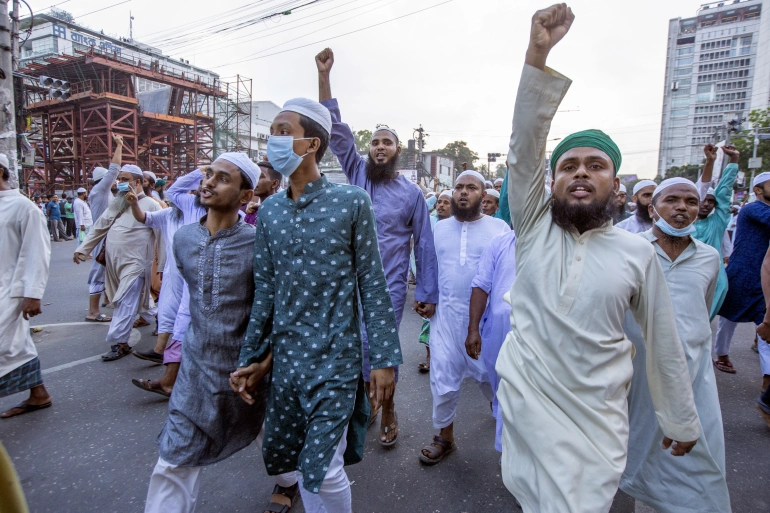Introduction
Baluchistan is one of the complex territories of the world with respect to its political adherence, sovereignty and people. Being a part of three countries – Iran, Pakistan and Afghanistan, Balochistan’s sovereignty and freedom has always been a great matter of discussion. In spite of having its traces in three countries, Baluchistan is the largest province of Pakistan and the area moreover, covers around 47% of the country. However, Much until the independence of Pakistan in 1947, Balochistan comprised and constituted 4 different princely states, namely Kalat, Lasbela, Makran and Khharan, but was later umbrellaed under one chief principal, Pakistan.
History of Political Tension in Baluchistan
The timeline of Baluchistan’s intrinsic struggle owing to its political dramas is exceedingly fragmented. The periods of 1948, 1958, 1962-69, 1974-77 and the present-day condition post-2000s are pertinent to political tensions as varying degrees of violence is witnessed in Baluchistan. Pakistan’s nationalist elements pestered Baloch’s princely states like Kalat for forced accession in 1948. Similar activities being followed after 1948, spewed venom and animosity between Balochistan and Pakistan.
The first phase of conflict began when Khan Abdul Karim Khan’s rebellion, with a meagre hundred followers over Kalat’s forced accession, was carried out. Though unsuccessful but hugely effective, it led to the foundation for the second phase of conflict. The second phase mainly catered to the dissolution of Baluchistan States Union and its forceful accession as ‘One Unit’ in West Pakistan in 1958. However, this rebellion also led to the arrest of leaders – Khan of Kalat, Mir Ahmad Yar Khan and many others. The conflict during this phase however reached its peak with the onset of Jhalawan disturbances. However, the members of the same, were arrested and incarcerated along with the others.
The third phase was a critical juncture in Baluchistan history. Led by the Baloch Peoples Liberation Front (BPLF) of Sher Muhammad Marri against the Ayub Regime, marked a collective input from the people of Baluchistan which was not just limited to the separationists. Followed by the fourth phase which was in the wake of overthrowing the National Awami Party (NAP), an agency of the Pakistan Prime Minister Zulfikar Ali Bhutto, led to a large-scale rebellion by various Baloch tribes against Pakistan. The rebellion grew so much that the Pakistan military along coupled with the help from Iran, had to intervene to neutralize the revolt. However, as the dust settled, Bhutto was deposed in a military coup by General Zia-ul-Haq in 1977, that the general amnesty was announced to Baloch rebels in order to end the hostilities and chaos.
A fallow and lull period of 25 years has provided room for different militant groups to resurge and carry-on the mission in furtherance of a sovereign state. Militant groups like Baloch Liberation Army (BLA) had started to gorge upon the power vacuum in Afghanistan and established a parasitic relation, in order to launch sporadic attacks inside Pakistan controlled Baluchistan.
Recent Developments
The recent developments and current phases of conflict escalated due to the killing of former Baluchistan Chief Minister and prominent tribal chief Nawab Akbar Khan Bugti in 2006. Now, what started as a mere dispute over royalty and rental payments for natural gas and other resources has now gone beyond control and has transformed itself into an armed insurgency.
Therefore, comparisons with Bangladesh are apparent. The situation of Baluchistan almost mirrors the circumstances of Bangladesh at the time of the liberation war. While Baluchistan is providing the rest of Pakistan with natural gas, it still lags at 9% share of Human Development Index as per the report issued in 2003. It is appalling to see that a relatively large geographical area as that of Balochistan, has 92% of its districts in a “high deprivation” state. Furthermore, Baluchistan’s story of population level is equally grim as the Pakistan Integrated Household Survey 2001-02 revealed that it has the most poor and worst level of rural poverty statistics. In addition, Balochistan has the highest infant and maternal mortality rate, but contrastingly lower literacy rates of both men and women at 18.3% and 7% respectively.
Conclusion
Target killings almost equivalent to genocide, race against time to survive rather to live, sectarian trouble and dumped corpses paints an almost same picture as that Bangladesh (Eastern Pakistan Province). However, it is also imperative to understand that the underlying history and geography is very distinct as that of Bangladesh and therefore it is too late to demand a fair share of new state. A loss of 3 million lives during the Liberation war in 1971 should not be mirrored in Baluchistan. Hence, the people of Baluchistan are as much of a Pakistani citizens as everyone, and therefore should be treated as such. Balochs should be given equal share of attention to insane political feuds in Karachi, Lahore and Islamabad. The youth around the world, especially in Pakistan should start taking interest in Baluchistan’s affairs and strive towards a better change. A change which does not necessarily warrants a bad news every day.

